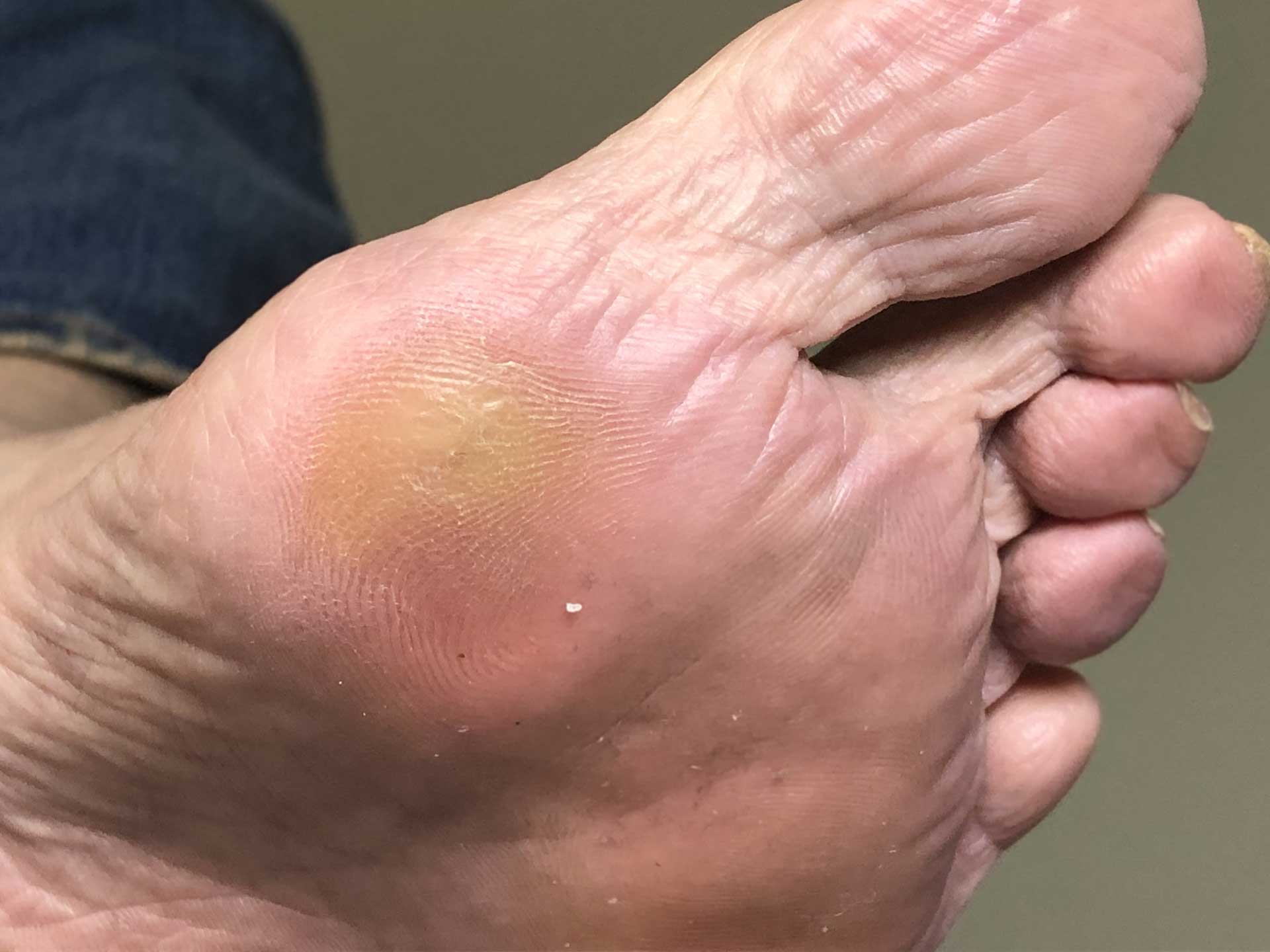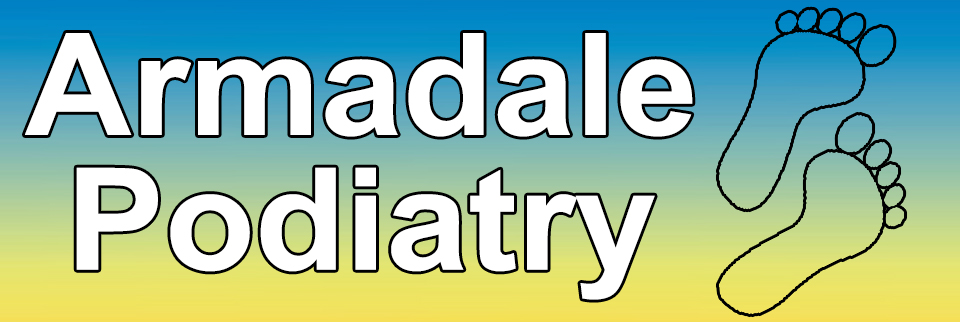Our feet play an important role in keeping us mobile.
When we walk, stand and run, our feet can carry the burden of up to four times our body weight as well as bearing the various pressures of movement and constraints of our footwear. Sometimes pressure placed on the foot becomes out of balance and extra friction falls on a particular area of the foot.
When this happens, the body may respond to the pressure by producing thickened areas of skin. These hard patches of skin are called calluses and are part of the body’s defence system to protect the underlying tissue. If the cause of the pressure is not relieved calluses can become thicker and painful.
If the pressure becomes concentrated in a small area, a hard centre or “corn” may develop within the callus.
Sometimes the pressure of the corn or callus may produce inflammation which can result in acute pain, swelling and redness.
Sometimes soft corns may form between the toes where skin is moist from sweat or inadequate drying.
These appear white and rubbery, they can also be caused by excessive friction or from small lumps on the bones inside the toe pressing against the toe next to it.
Corns and calluses are most often found on the balls of the feet or the top of toes.
They can also be found around the heels and even along the sides of your toenails.
Calluses and corns are generally symptoms of underlying problems
In some cases, early warning signals of more complex foot disorders. Because they are caused by continuous pressure in one particular area, they may indicate abnormalities or deformities in your bone structure, or the way you walk.
Often calluses and corns can be caused by ill fitting or inappropriate foot wear.
Some people have a natural tendency to develop calluses because of their skin type.
For instance elderly people have less fatty tissue and elasticity in their feet and because of this lack of padding, calluses may form on the bottom of their feet.
Also people who work in occupations that require them to spend a lot of time on their feet are prone to developing calluses.
Treatment of corns and calluses
The most important thing to remember about treating calluses and corns is to never do it yourself without seeing a podiatrist first.
As calluses are generally symptoms of other problems, it is important to have a podiatrist examine your feet to work out what could be causing the callus or corn to develop.


